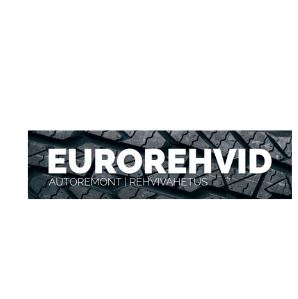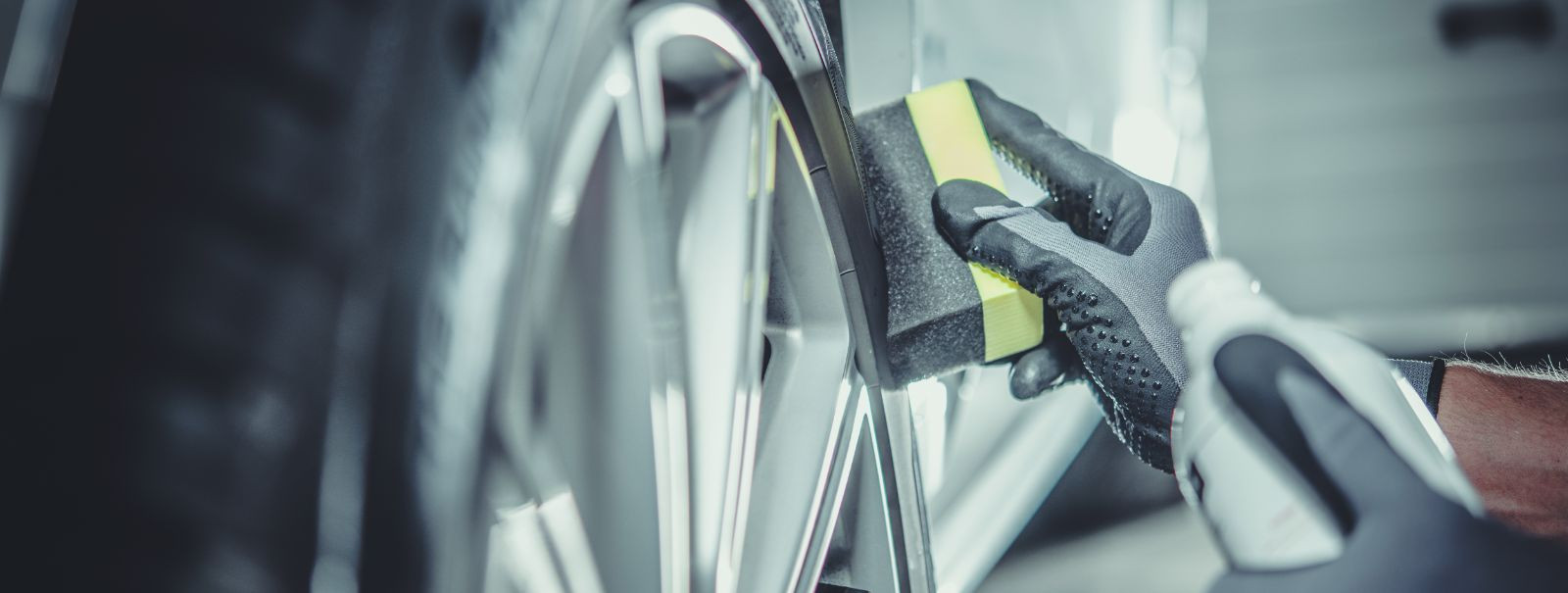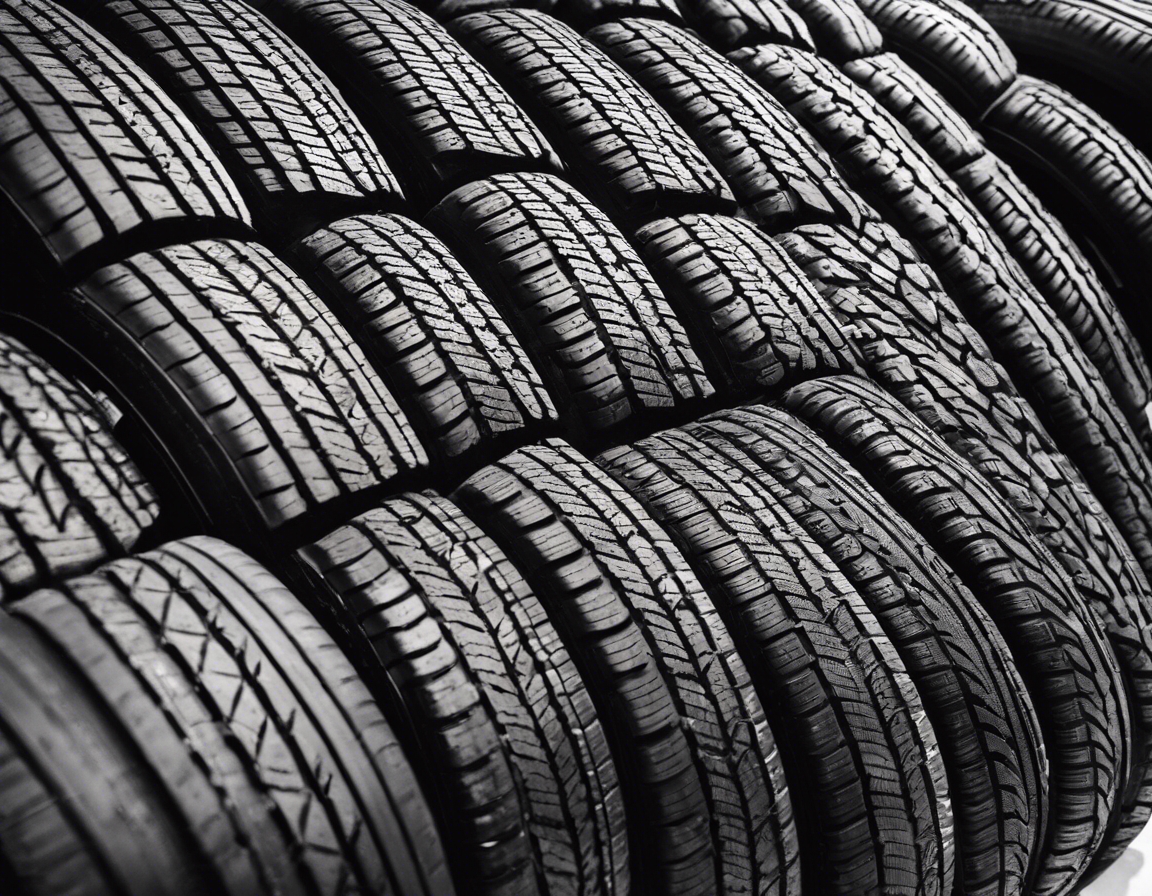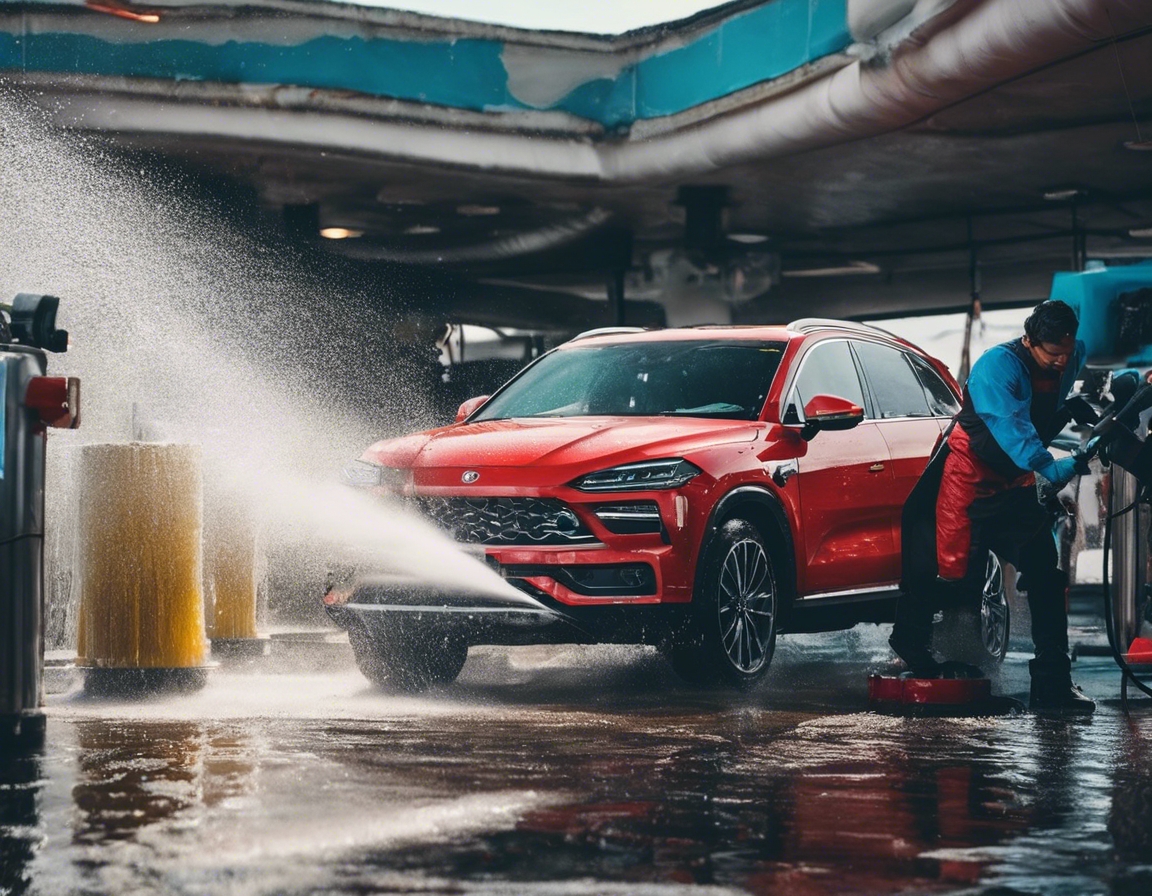How to maintain your car's shine: polishing vs. waxing
For many vehicle owners, a car is more than just a mode of transportation; it's a reflection of their personality and a symbol of their hard work. Maintaining the aesthetic appeal of a car is crucial not only for personal satisfaction but also for preserving its resale value. A shiny, well-maintained car makes a statement on the roads of Tallinn.
Two of the most effective methods to maintain your car's shine are polishing and waxing. While they may seem similar, they serve different purposes and are used at different stages of the car detailing process. Understanding the nuances between them is key to achieving that perfect gleam.
Understanding Car Polishing
Car polishing involves using abrasive materials to remove a fine layer of your car's paint, thereby eliminating surface scratches, swirls, and other imperfections. It's a corrective measure that results in a smoother and more reflective surface.
Polishing not only improves the appearance of your car but also prepares the surface for waxing. It can enhance the color and clarity of your car's paint, giving it a fresh, new look.
Polishing is not a regular maintenance task and should be done sparingly, typically once or twice a year, depending on the car's exposure to the elements and the quality of the paint job.
While some car enthusiasts prefer the DIY route with a polishing machine and the right compounds, professional services ensure a uniform and damage-free result, especially for those with less experience.
Exploring Car Waxing
Car waxing, on the other hand, is the application of a protective layer over your car's paint. Waxes can be made from natural substances like carnauba or synthetic materials. This protective layer safeguards the paint from UV rays, dirt, and moisture.
Waxing not only protects but also enhances your car's shine. It fills in minor imperfections and gives your car a glossy, water-repellent finish. Regular waxing can extend the life of your car's paint job significantly.
Waxing should be a more frequent routine than polishing. For most cars, waxing every three to four months is sufficient to maintain the protective layer and shine.
Applying car wax requires a clean surface and can be done by hand or with a buffer. It's important to use the right amount of wax and to follow the manufacturer's instructions for the best results.
Polishing vs. Waxing: The Key Differences
While polishing is an abrasive process that corrects the paint, waxing is a non-abrasive process that protects the paint. Polishing should always precede waxing to ensure that the wax adheres properly to a smooth surface.
Polishing removes imperfections but does not protect the paint, whereas waxing provides a protective barrier but does not correct underlying issues. Both are essential for long-term maintenance of your car's appearance.
It's not about choosing one over the other; both polishing and waxing play distinct and important roles in car maintenance. The key is to understand when and how to use each method effectively.
Best Practices for Maintaining Car Shine
Adhering to a regular maintenance schedule is crucial for keeping your car in top condition. This includes washing, polishing, and waxing at recommended intervals.
For the best results, combine polishing and waxing as part of your car care routine. Polishing should be done occasionally to correct the paint, followed by regular waxing to maintain the shine and protection.
In Tallinn's varying climate, protecting your car's shine from harsh weather conditions is important. Regular waxing can help shield the paint from snow, salt, and road grime during winter months.






Comments (0)